Industry disruption is difficult to imagine and even more difficult to achieve, especially in a traditional space like the financial industry. While many financial technology (fintech) companies have failed, Wise succeeded by challenging existing money transfer and currency exchange conventions and creating their own user-focused solution.
Wise’s massive success hinged on building an amazing product that people wanted to talk about and accelerating word-of-mouth marketing through fintech marketing, a great referral program, and transparency.
Wise Solved the Problem of Hidden Bank Fees with Peer-to-Peer Transfers
Every year, people spend around $200 billion (US) just to transfer their own money and pay for hidden currency exchange costs. The Wise fintech revolution started with two people, Taavet Hinrikus and Kristo Käärmann, who faced the same problem that a lot of people do: high transfer and hidden currency-exchange fees.
In 2007, Hinrikus relocated from his home country, Estonia, to the United Kingdom (UK) for work purposes. Unfortunately, his company continued to pay him in euros, despite his having moved to a country where he had to pay his bills in pounds. Käärmann, on the other hand, worked in the UK and was getting paid in pounds but needed to send money back to his Estonian bank account regularly to pay for a mortgage and student loans.
The two Estonian-born entrepreneurs had an idea: They could transfer money to each other and avoid the hidden, exorbitant currency exchange fees. Since Hinrikus was paid in euros, he could easily transfer money to Käärmann’s Estonian bank account. In return, Käärmann transferred money to Hinrikus’s British bank account.
In the process of saving money, they realized that they had reimagined a scalable peer-to-peer transfer model that could compete with outdated and expensive Society for Worldwide Interbank Financial Telecommunications (SWIFT) transfers. By getting rid of cross-border transfer fees and hidden currency-exchange fees that could cost anywhere from 0.3% to 20%, Hinrikus and Käärmann could offer faster and cheaper financial services compared with banks and other fintech companies.
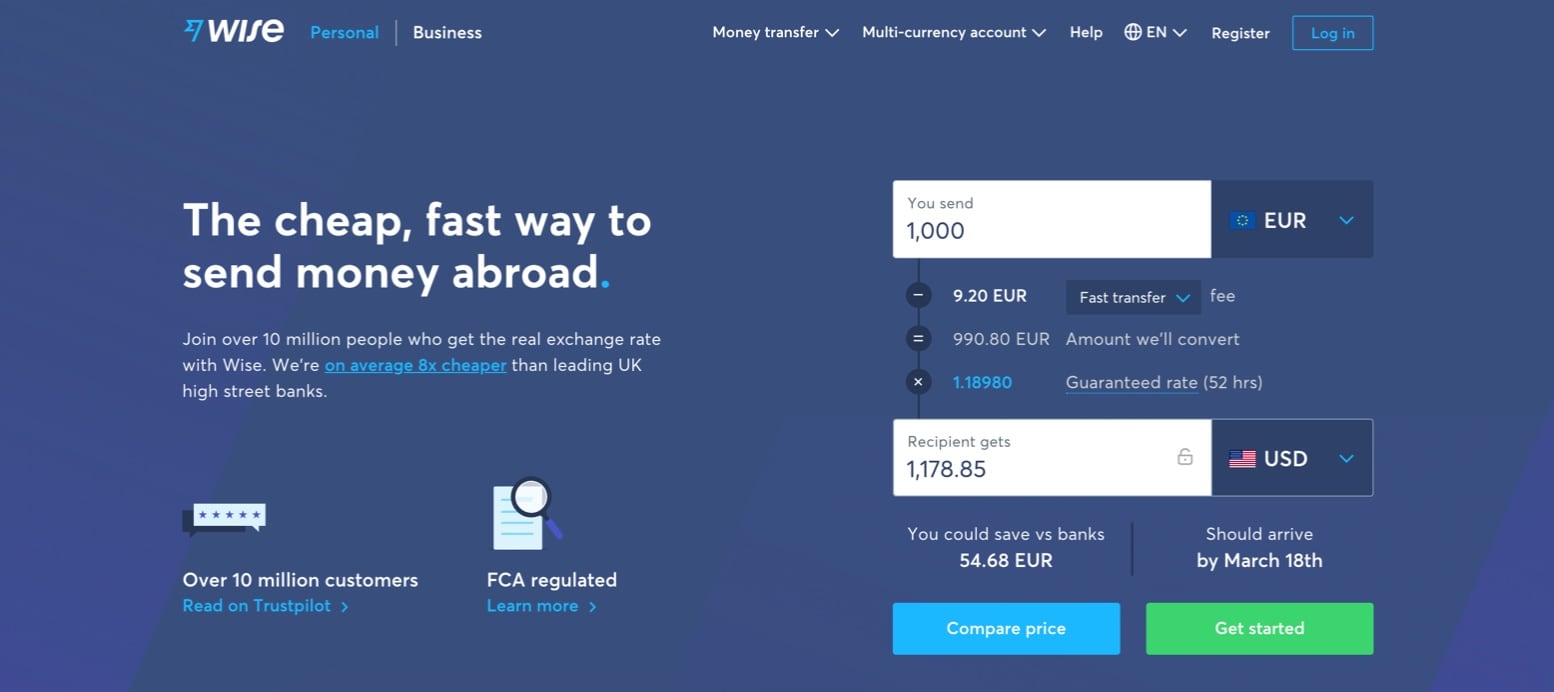
[source] Description: Transferring money with Wise is faster and cheaper.
“They realize that smart digital marketing and outspending competitors is not a sustainable differentiator,” wrote Rajeev Dham in an investment announcement, “but building great product your users love is.”
Wise is now considered a “fintech unicorn,” with its valuation having risen to $5 billion (US) by 2020. The company solved the problem that they had set out to solve by providing almost-instant money transfers and mid-market exchange rates so that their customers could get more money more quickly.
But building a customer-focused, life-changing product wasn’t the only factor in Wise’s initial growth as a fintech startup. Apart from using unique fintech marketing strategies to build brand awareness, they also focused on accelerating word-of-mouth marketing and building a referral program that would encourage their users to spread the word and make transparency a norm in the financial industry.
Wise Grew, Thanks to These 4 Relentless Fintech Marketing Strategies
While other fintech marketers focused on generic marketing channels and customer acquisition, Wise started gaining users by catching people’s attention and then making them loyal advocates of their brand. And they did it with these four marketing strategies:
1. THEY USED INCITING AND COMPELLING STORYTELLING
Wise wasn’t just a solution-it was a solution to an expensive problem that many working-class individuals could not afford. Hidden fees are expensive, but a lot of people don’t usually know how expensive the fees are because, as the name suggests, they’re hidden.
Wise branded themselves as the solution and traditional banking institutions as the problem. By telling a story that depicted the fintech company as a hero, people could easily relate to their cause and stand behind it. To make their campaigns even more visual, they created a flag that people could rally behind.
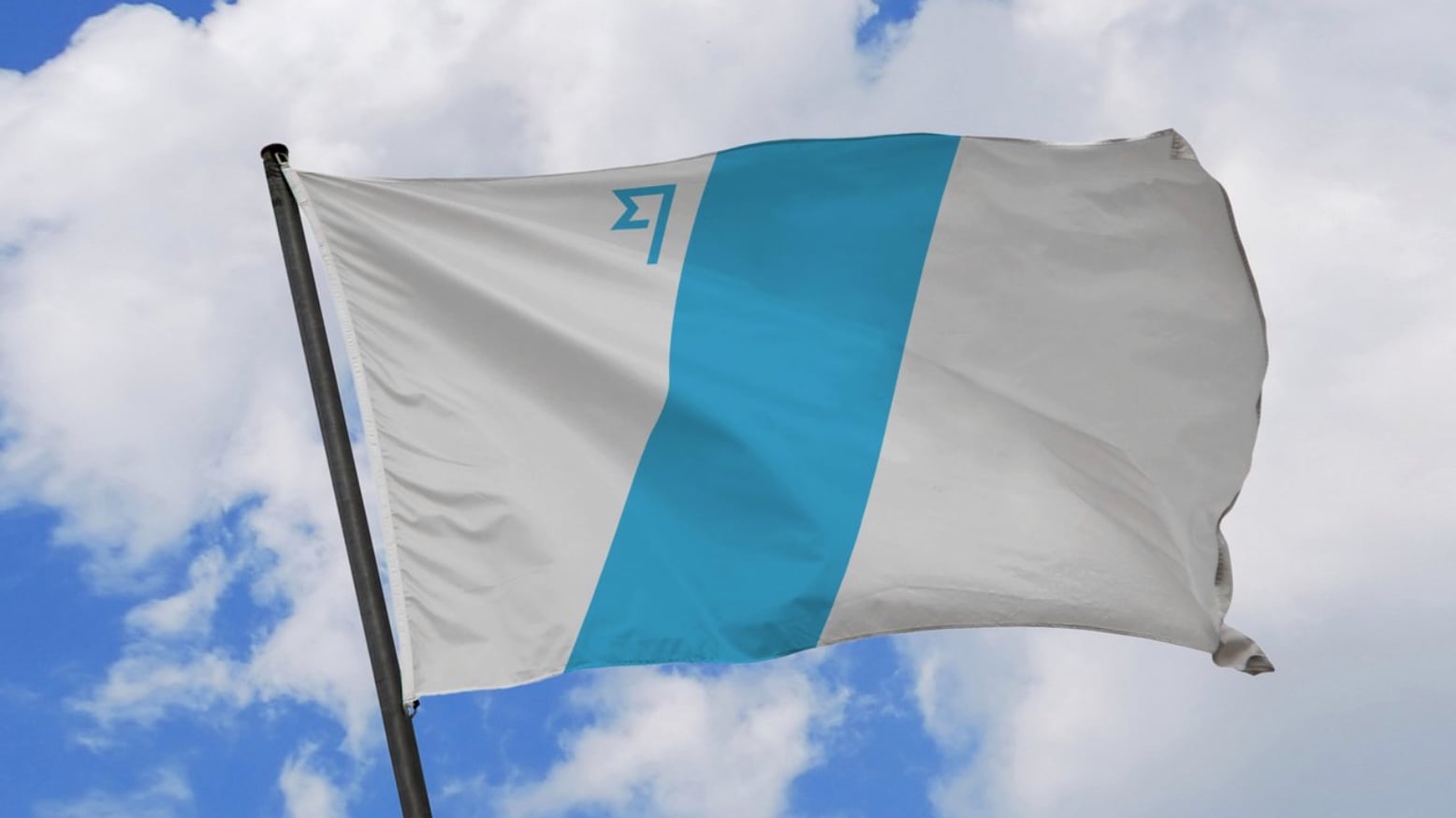
[source] Description: The Wise flag symbolized a way to a new banking ecosystem with more transparency and lower fees.
To increase brand awareness in 2015, they launched two marketing campaigns: the #Nothing2Hide campaign and the Stop Hidden Fees campaign. Both campaigns were eye-catching and featured people stripping to their underwear, rallying through the streets, and protesting by holding mass bath times to symbolize bank transparency and call for a cleanup of the current banking system.
TransferWise’s #Nothing2Hide Campaign that incited protests for bank transparency.
A lot of people joined their cause. But Wise knew that people watching a video or joining a protest didn’t equate to new customers or loyal users. So that’s what they worked on next.
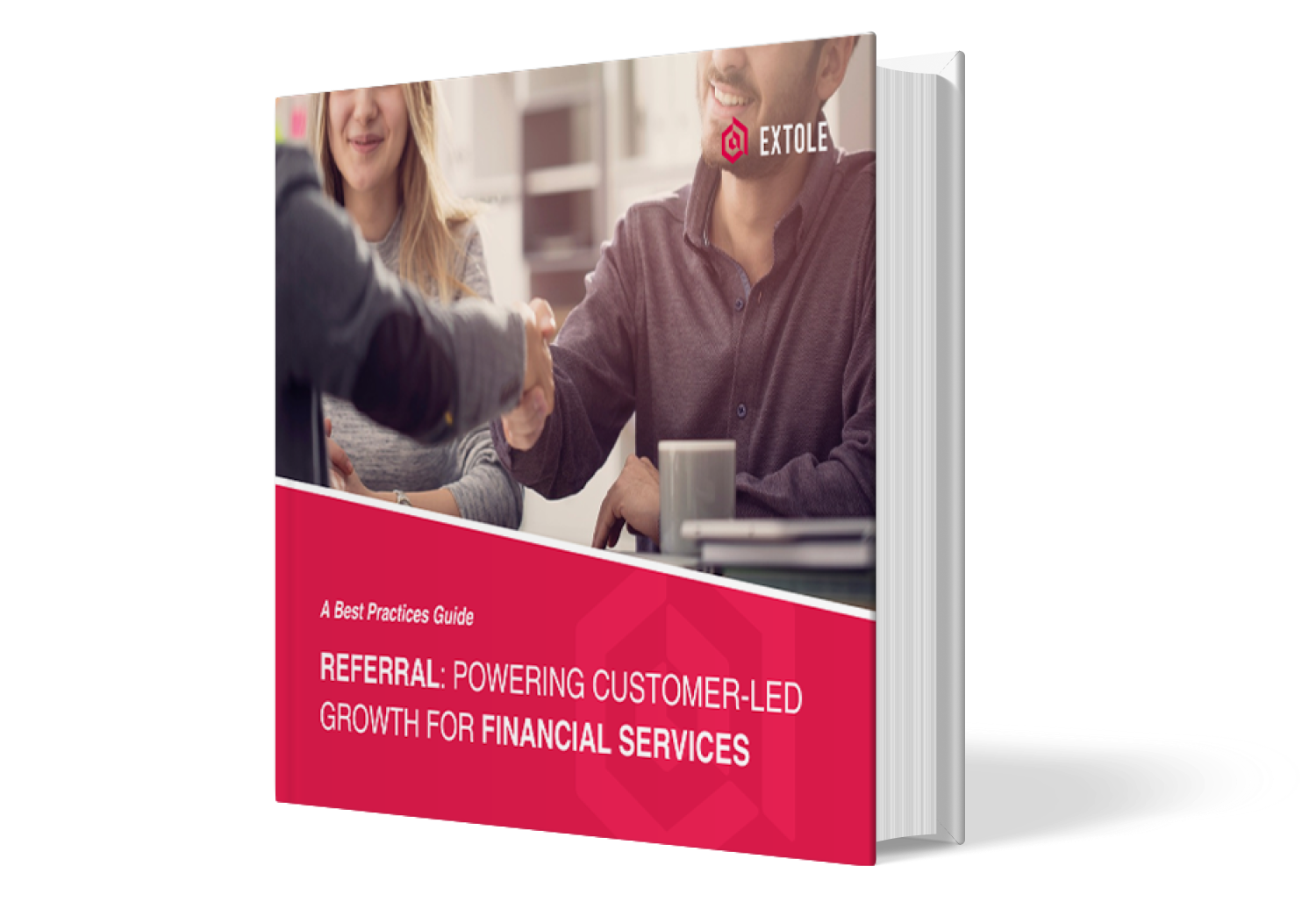
Expand Your Finserv Customer Base With Referral Marketing
The Finserv market is growing at a furious pace. Leverage your advocates to capture new clients and drive more growth.
Get the Guide2. THEY FOCUSED ON CAUSE-DRIVEN MARKETING TACTICS
Wise used eye-catching marketing to draw the attention of their target audience. Now that they had people’s attention, they needed to build a community of users who would love their product so much that they would rally behind their cause and share their mission with those around them.
They really started seeing growth after they sent users an email with the company’s mission in the form of a manifesto. Wise told their users of the problem with the current banking system and how Wise wanted to change the world. “[Y]ou don’t need banks to move money,” a part of their manifesto states, “[j]ust a community of like minds, willing to be a part of something new. People on TransferWise prove that.”
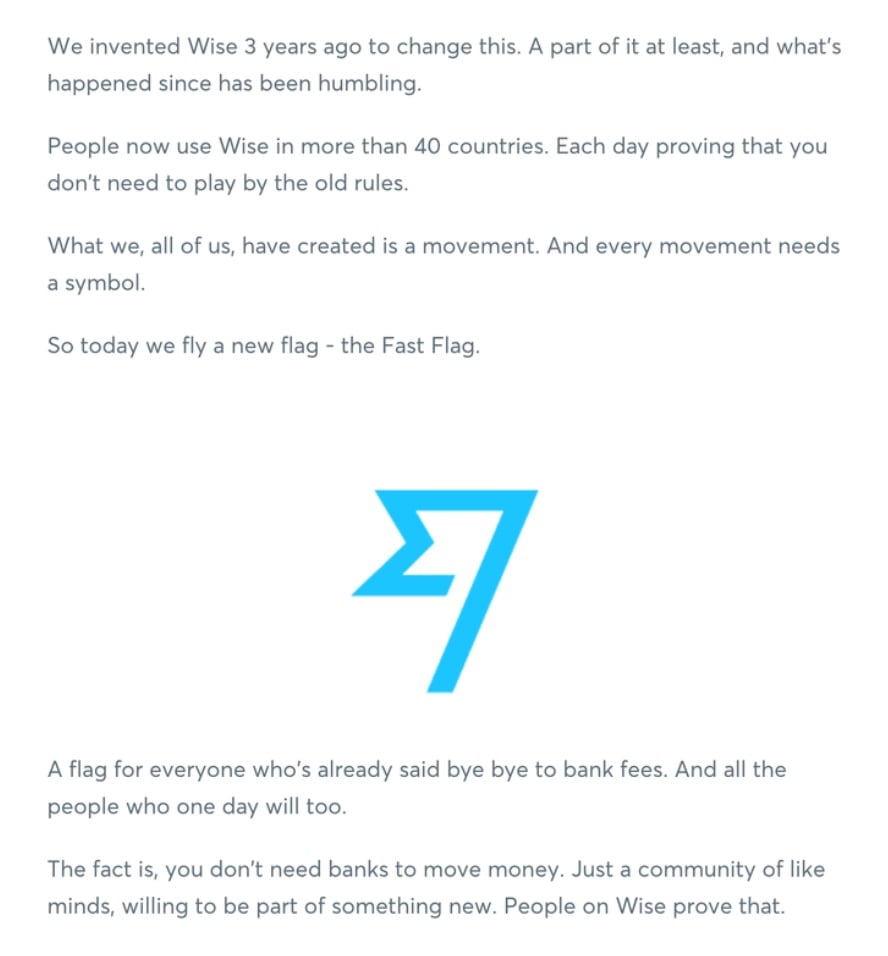
[source] Definition: Part of the Wise manifesto, as seen on their blog.
By using cause-driven marketing and a mission and flag to rally behind, Wise got their users to start talking about this mission-driven startup that wanted to make the banking system better. Wise gained more customers from people sharing that email than from their content marketing and SEO efforts.
They set metrics using the Net Promoter Score (NPS) scale to gauge how effective their word-of-mouth marketing efforts were and realized that their customers were the key to growth.
3. THEY DOUBLED DOWN ON REFERRAL MARKETING
After seeing results from their loyal customers, Wise decided to really invest in referral marketing. They experimented with different kinds of referral programs-monetary and nonmonetary-and found that a monetary incentive worked best.
Using a combination of a great referral program, compelling storytelling, and concise brand messaging, Wise turned their customers into their own influencers and marketers. In no time, people were sharing the Wise manifesto with friends and family on social media sites like LinkedIn, Twitter, and Facebook.
Their referral program was made even more effective by the fact that Wise would respond to and reinforce claims by and shares from existing customers. That way, the company was reengaging warm leads with their ads instead of using them to attract cold leads.
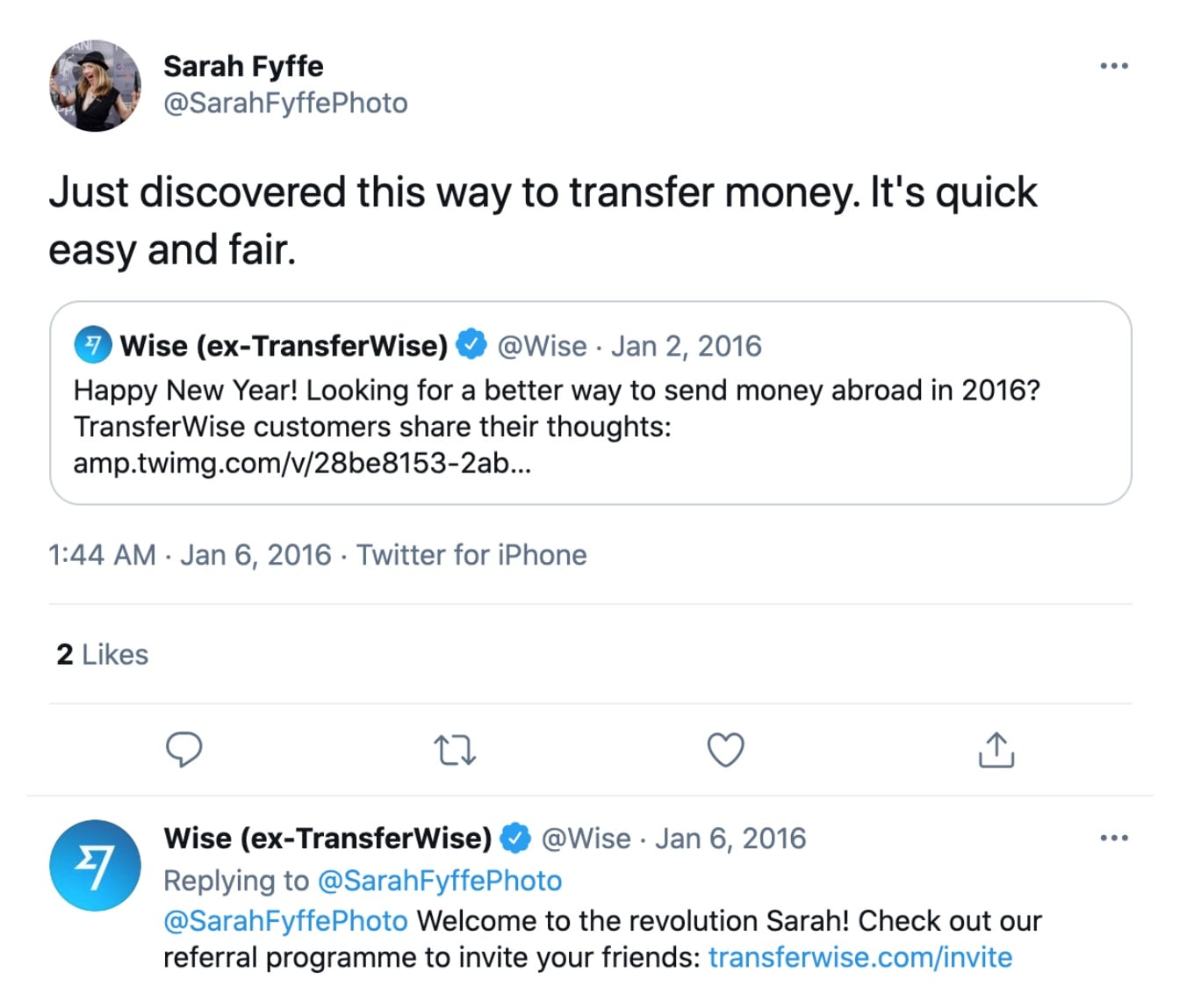
[source] Description: A tweet from one of Wise’s customers and Wise responding to the tweet.
By 2017, 80% of their new customers came from referrals.
4. THEY LET THEIR CUSTOMERS LEAD PRODUCT DEVELOPMENT AND FINTECH MARKETING EFFORTS
Wise is still growing because their initial, exponential growth didn’t make them complacent. They didn’t sit on their haunches and let their customers do all the work. They listened to their customers-what features they liked, didn’t like, and wished for-and let that lead their product development.
They also based their fintech marketing campaigns on messages that resonated with their customers. They looked into where their referrals were coming from and why they were getting referrals. They never stopped striving to provide an even better solution that even more people would talk about, as evidenced by their recent rebrand.
Right now, they are leveraging partnerships with new banks and other disruptors in the industry to expand their reach and offer their amazing solution to more people.
Referrals and Word of Mouth Marketing Drove Initial growth
Nilan Peiris, vice president of growth at Wise, wrote in an ask-me-anything (AMA) session on GrowthHackers, that the company had tried “growth hacks” to jump-start marketing. They connected with people who they thought would benefit from using Wise the most by visiting colleges with foreign students, offering referral bonuses, and connecting with HR directors of companies with international employees. What Peiris realized was that “hacks only worked when the person who was hustling on our behalf was an existing customer.”
Wise succeeded in disrupting the fintech industry by building a customer-focused, mission-driven product and encouraging people to talk about it. After all, if you make something amazing, people can’t help but talk about it.
Hacks only worked when the person who was hustling on our behalf was an existing customer.
Wise used eye-catching marketing tactics to build brand awareness and then a referral program to get people talking about their solution. But the true key to the company’s success was their focus on their customers. Their product, mission, and fintech marketing efforts all centered on the user experience and what their customers were looking for.
Book a demo with Extole to find out how you can encourage customer advocacy by building an amazing referral program.



